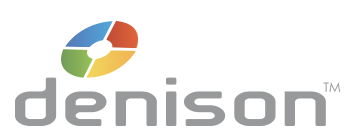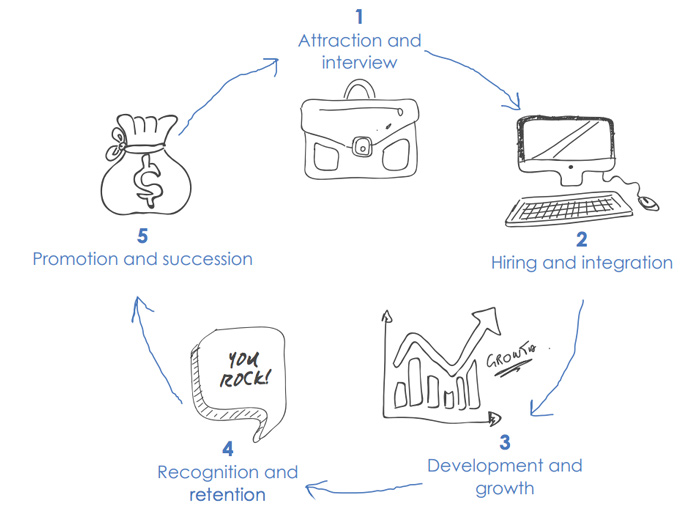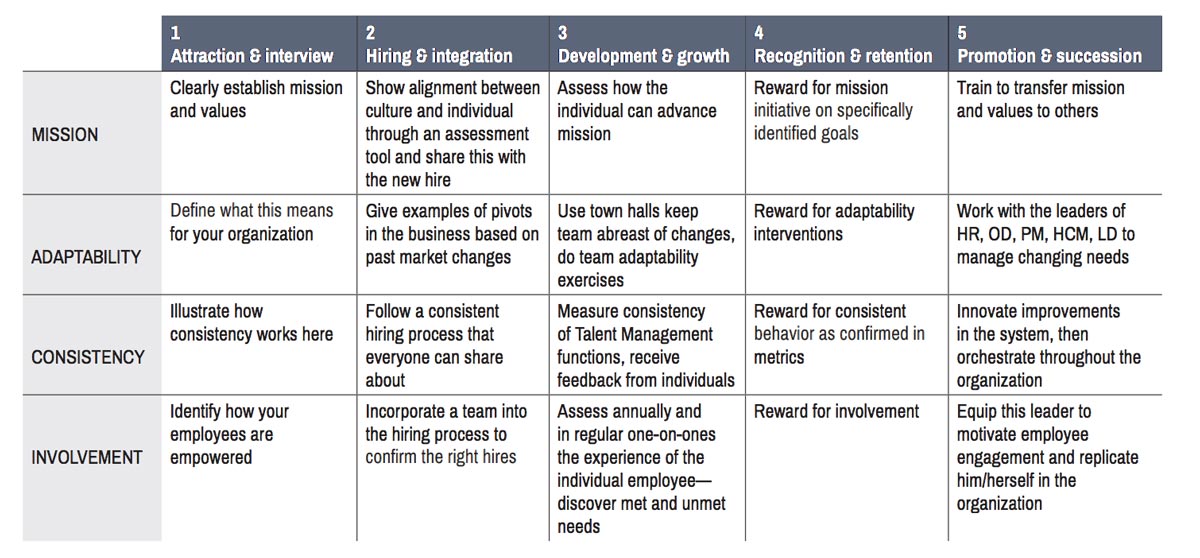Talent Management: Attraction and Retention
It’s a given that attraction and retention of talent is critical to the success of every organisation. Talent Management is more than just finding and keeping talented people. It’s finding and keeping people who fit with and contribute to your particular organisation’s culture and business goals—people whose values are aligned with your company’s values so that they are motivated to deliver discretionary performance in the organisation.
Talent and Culture are Intrinsically Linked
Over the course of employment with an organisation, every employee progresses through five discrete stages of the “Employee Life Cycle” (Fig. 1). When everything is working, an employee moves sequentially through the five stages, taking on leadership in the process. The ideal scenario is when talented employees move through additional iterations of stages 3 through 5 over the course of their careers, growing and taking on even more responsibility and leadership over time.
FIGURE 1
All too often, though, the trajectory is broken. Good employees leave—they can find new jobs tomorrow—and the remaining, dissatisfied employees become disengaged. They don’t trust leadership, and don’t give discretionary performance. Plus, the sudden functional gap resulting from an unfilled role may cause problems—delays in company processes, for example, or disturbances in client relationships. Ultimately, bottom line performance suffers.
How to Keep the Employee Life Cycle from Breaking
In our experience, the loss of talented people, or the failure to attract the right people in the first place, is often related to a lack of coordination between Talent Management and Culture Management. The following three steps can help avoid the loss of good talent.
1. Avoid poor fit in the first place
Assessing a candidate’s fit is not merely a matter of evaluating skills. It’s also crucial to assess the prospective employee’s goals, values and motivational drivers, then compare them with your organisation’s needs, goals, values and performance incentives (formal and informal), i.e. the culture.
2. Match reality to promises
Words on a wall do not Core Values make! To be meaningful, values must be reflected in consistent, conscious management actions and behaviours. Then they get echoed throughout the organisation so that a well-defined, distinctive corporate culture grows and is lived out consistently. When it is, it makes a major difference in the lives of the people as well as a clear, quantitative difference in your financial performance. Denison expertise in helping guide Cultural Transformation is a key resource for matching reality to promises.
3. Maintaining the good fit by managing it effectively
Even when you and an employee are a good fit, you can still get in trouble if you don’t structure your Talent Management processes to actually produce the desired organisational results.
Each phase of the Employee Life Cycle involves distinct processes and challenges, for both employee and employer. Some are traditionally addressed by Human Resources (HR), others by disciplines such as Organisational Development (OD), Performance Management (PM), Human Capital Management (HCM), or Learning Development (LD). These teams and processes must not work in isolation! Employees inevitably experience a loss of momentum when Talent Management is fragmented across departments and disciplines.
Aim first
You must know what it is that you and your organisation are after. Identify core values and specific, measurable business goals. Denison has helped hundreds of companies clarify their corporate goals and values, drilling down to discover and articulate what they really want to accomplish and why.
Assess your culture
You must determine how well your corporate culture is poised to meet those goals and support those values. Having a reference point to compare with other businesses is critical. Denison’s expertise can be important here. We use the Denison Organisational Culture Survey (DOCS) with management and key staff to evaluate your organisation’s strengths in 12 key areas that are statistically associated with strong, bottom line business performance. The scores are ranked as percentiles against the results at over 1,000 other companies globally. The resulting descriptor of your culture will determine what needs to happen with Talent Management over the course of the Employee Life Cycle.
Assess your employees
You must know what your employees and prospective employees want, and what their strengths and weaknesses are. Without this knowledge, you cannot effectively guide them throughout their Employee Life Cycle in ways that benefit both them and your organisation. Too often, companies use assessments before hiring—especially for higher levels—then ignore the resulting data when it comes to onboarding and employee development. In the same way, promotion decisions are often not integrated with performance management. Which assessments to use depends on their purpose, such as assessing a prospective employee prior to hiring, and assessing a current staff for development or promotion.
Caring for the Individual
When your system is aligned and leaders are motivated to live out a retention mindset, then you can effectively address the needs of individuals. In Fig. 2, you will see ways you can address the key cultural drivers identified in the Denison Model—Mission, Adaptability, Consistency and Involvement—during each phase of the Employee Life Cycle. To build and maintain a high performance organisation with engaged, motivated employee s, these actions eventually need to become part of your standard operating procedure and identified as part of “The Way We Do Things Around Here.”
Contact us if you would like support in aligning your Talent Management and Culture.










